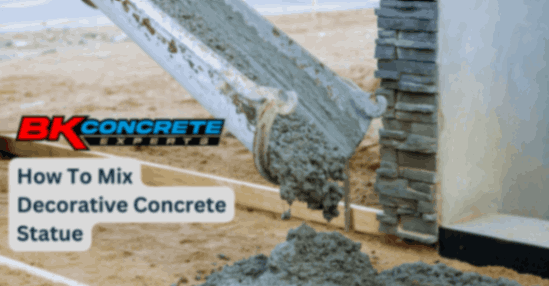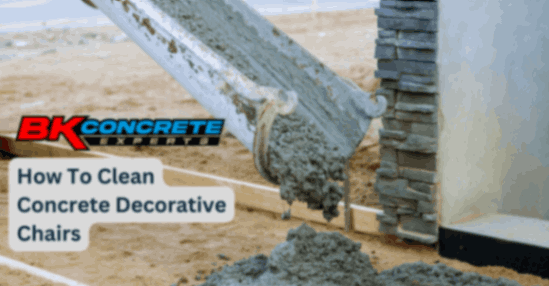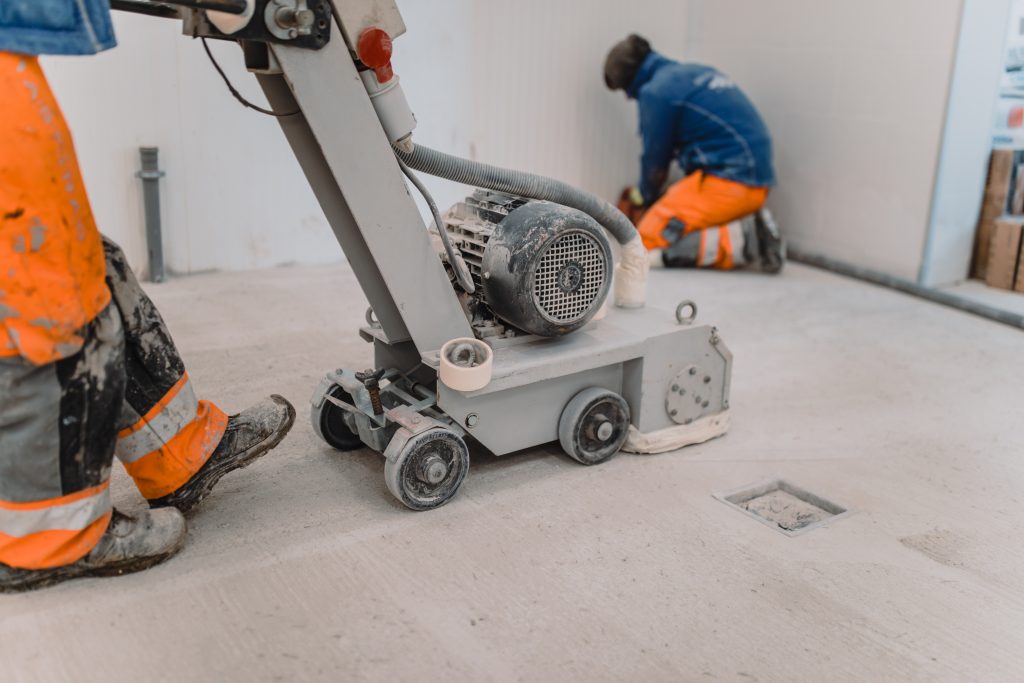Concrete walls are highly resilient and durable, but are not immune to stresses that can cause cracks. It’s pivotal to address these fissures promptly to maintain the structural integrity of the wall and prevent water seepage, which can lead to more serious damage. Concrete wall crack repair is a methodical process that varies depending on the crack’s size, cause, and location.

Small, hairline cracks can often be repaired using a liquid or paste elastomeric compound, which is flexible and capable of withstanding slight movements in the wall. For larger cracks, a low-pressure injection method using epoxy or polyurethane materials is common. This method not only fills the crack but also bonds the concrete, providing a more permanent solution.
Repairing cracks in concrete walls is not only about aesthetics but also about preserving the wall’s strength and functionality. Whether you tackle the problem yourself or seek professional help, understanding the proper techniques and materials is essential for effective and lasting repairs. The goal is to restore the wall and prevent future issues with a method that suits the crack’s specific conditions.
Understanding Concrete and Cracks

Concrete is a durable material, but it is not immune to developing cracks over time. These imperfections can range from hairline cracks to more substantial fissures, each affecting the structure differently.
Types of Concrete Cracks
Hairline Cracks
- These are fine, superficial fractures often less than 0.3mm in width.
- Typically non-structural and may be caused by minor shrinkage as concrete cures.
Wide Cracks
- Refers to cracks wider than 0.3mm.
- May be indicative of deeper structural issues, especially if they widen over time.
Stress Cracks
- Result from the concrete being subjected to more stress than it can withstand.
- Commonly found near corners or openings in the wall where tension is highest.
- Can occur in both horizontal and vertical orientations.
- With potential to undermine the stability of the structure, they are particularly concerning.
Causes of Cracking
- Shrinkage: As concrete dries, it can shrink and cause web-like hairline cracks.
- Thermal Expansion: Fluctuations in temperature may lead to expansion and contraction in concrete, inducing cracks.
- Overloading: Excessive weight or stress can produce cracks, typically a form of stress crack.
- Settlement: Uneven settling of the ground beneath the concrete can lead to foundation cracks.
- Improper Construction: Poorly made concrete or insufficient reinforcement can contribute to early cracking.
Impact on Structural Integrity
- Hairline cracks are often cosmetic, while wide cracks and stress cracks can signify deeper issues.
- Horizontal foundation cracks may suggest a problem with soil pressure on the wall.
- Prolonged exposure of reinforcing steel within concrete to air and moisture due to cracking could lead to corrosion and weakening of the structure.
Cracks in concrete can vary in severity, but understanding their types, causes, and potential impact on structural integrity is crucial for proper maintenance and repair.
Preparing for Repair
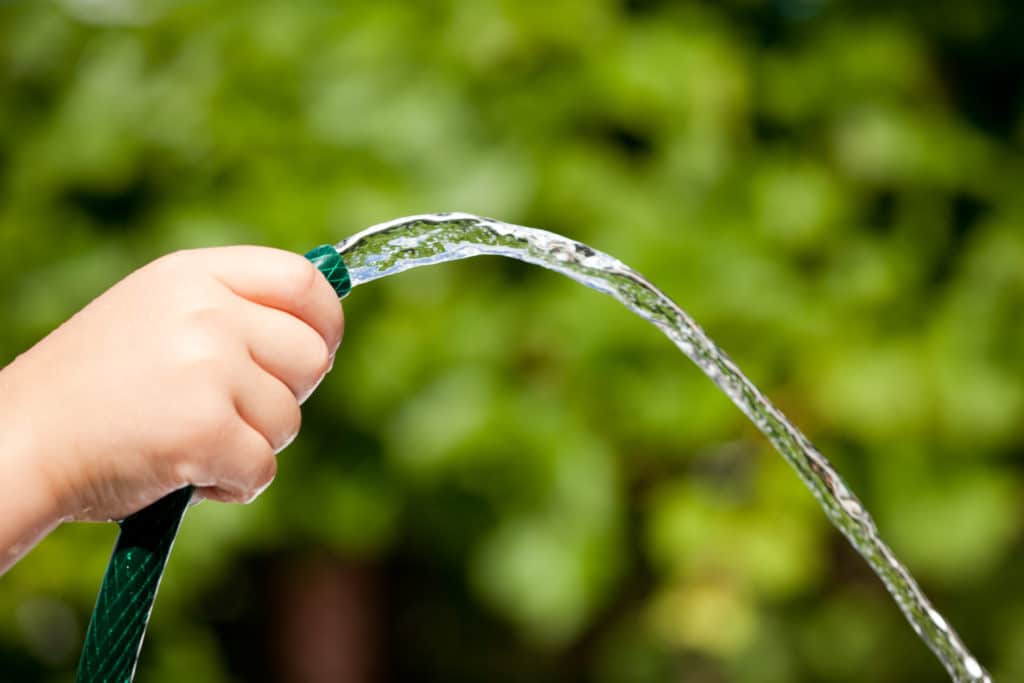
Before initiating any concrete wall crack repair, one must ensure that the area is clean and all necessary tools are at hand. This preparation is vital for a strong and long-lasting repair.
Cleaning the Crack
The first step in preparing for repair is to thoroughly clean the crack to remove any loose material. Using a wire brush, one should scrub the crack to get rid of loose concrete, paint, or old filler. This creates a clean surface for the repair material to adhere to effectively. It’s essential to flush out the crack with water to remove all dust and debris. Once the area is clean, it should be allowed to dry completely before proceeding to fill the crack.
Gathering Necessary Tools
Having the right tools is essential for a successful repair. One should gather the following tools before starting the process:
- Hammer and chisel are used to chisel out any unstable concrete within the crack.
- A screwdriver can be handy to remove any small, loose fragments.
- Putty knife or trowel for pushing the repair material into the crack.
- Margin trowel is useful for smoothing and shaping the applied repair compound.
- Cement mix for filling the cracks in the wall.
Ensuring each of these tools is within reach will streamline the repair process and reduce the chances of interruptions.
Repair Techniques
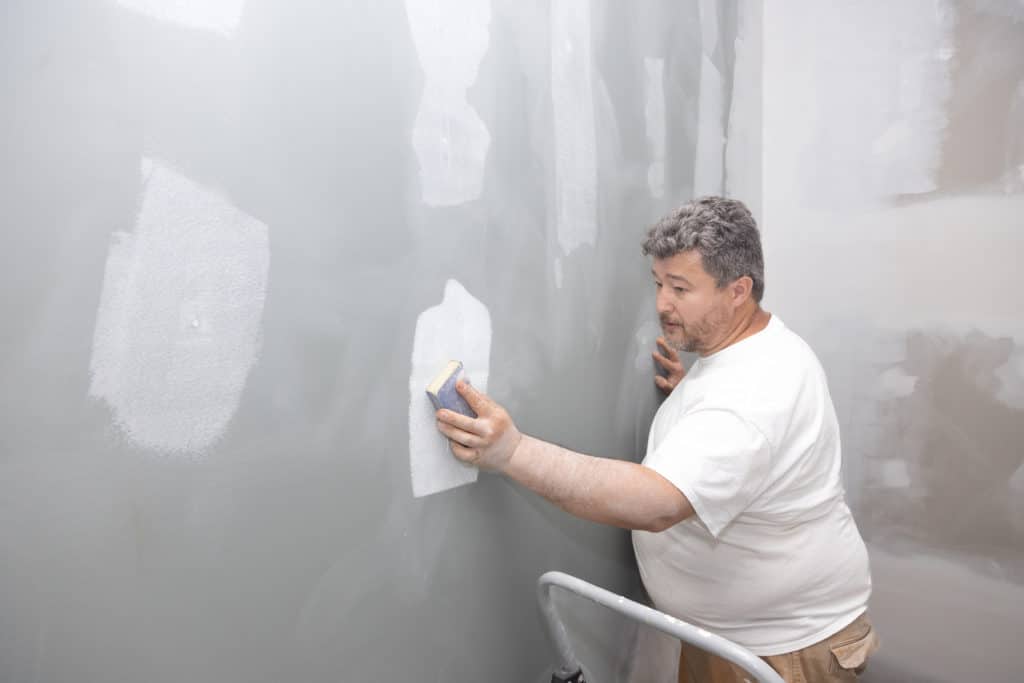
When it comes to mending cracks in concrete walls, there are several techniques that can provide a durable solution. These methods involve the use of materials such as epoxy and concrete filler to seal and stabilize the cracked areas.
Epoxy-Injection Method
The epoxy-injection method is ideal for hairline to medium-sized cracks. First, epoxy sealer is applied onto the base of the injection ports that are installed along the crack. This method utilizes an epoxy-injection system that forces the epoxy sealer through the ports, effectively bonding the concrete back together.
Using Concrete Patching Compound
For larger, more substantial cracks, a concrete patching compound is often employed. This compound must be applied to a cleaned and prepared surface. Using a trowel, the compound is pressed into the crack and then smoothed out to ensure the area is level with the rest of the wall. It provides a strong, surface-level repair for damaged areas.
Applying a Concrete Filler
When dealing with minor cracks, concrete crack filler is an easily applicable solution. The filler should be applied using a caulk gun, and it is important to use a putty knife to push the concrete filler down into the crack to ensure a complete fill. For finishing, a backer rod can be inserted into the crack before the filler to provide additional stability and support.
Sealing and Curing

Properly sealing cracks in concrete walls is crucial to the longevity and stability of the structure. The sealant acts as a barrier to moisture and further damage, while the curing process ensures that the repaired area gains sufficient strength.
Applying the Sealant
When dealing with concrete wall repairs, a product like the Polygem Liquid Concrete Repair Kit may be applied to effectively seal the cracks. Preparations involve cleaning the crack and applying mineral spirits if necessary to clean surfaces before sealing. The sealing process usually involves inserting a plunger rod into a dual-cartridge system that dispenses a two-component material directly into the crack. For horizontal cracks, start at one end and steadily work to the other end.
- Prepare the surface: The crack must be clean and free of debris and moisture.
- Application method: Inject the sealant directly into the crack, ensuring that it fully penetrates to the back of the crack.
Curing Process
Post-application, the curing process begins, which is critical for ensuring that the repair bonds to the existing concrete. During curing, environmental conditions such as humidity and temperature are monitored because they significantly affect the drying time.
- Temperature and humidity control: Curing generally requires maintaining certain temperature and humidity levels to optimize drying.
- Time frame: Drying times vary depending on the product used; refer to the manufacturer’s instructions for specific times.
By following correct sealing and curing procedures, the integrity of a concrete wall can be preserved, preventing further damage and maintaining its structural integrity.
Preventing Future Cracks
Effective prevention of future cracks in concrete structures hinges on addressing the primary causes such as moisture control and soil stability. Key strategies include improving drainage, controlling root growth, and managing groundwater issues.
Improving Drainage
Gutters and downspouts are critical in directing water away from concrete walls and patios, reducing the risk of moisture-induced cracking. It is essential to ensure that downspouts pour at least five feet away from the structure. Adding sand to the soil can also enhance drainage, as sand increases soil porosity and reduces water retention.
Example Drainage Improvement:
- Install gutters with a capacity suitable for your roof size.
- Regularly clean gutters to prevent blockages.
- Use downspout extensions to redirect water.
Controlling Root Growth
Roots from nearby trees and shrubbery can exert significant pressure on concrete foundations and walls, leading to cracks. Root barriers made of solid materials like metal or plastic can prevent root intrusion and protect the integrity of concrete structures. It’s also advisable to opt for planting species with less aggressive root systems near concrete areas.
Root Management Tips:
- Plant new trees at a safe distance from concrete structures.
- Regularly trim roots that approach concrete barriers.
- Choose plants with less invasive roots for landscaping near concrete.
Addressing Groundwater Issues
Groundwater can exert hydrostatic pressure against concrete slabs and walls, causing cracks to form over time. Methods such as French drains or sump pumps can effectively manage groundwater levels. Properly compacted substrates with layers of gravel can also provide a stable base that is less prone to water-induced movements.
Groundwater Control Strategies:
- Install a French drain system to divert groundwater.
- Utilize sump pumps in basements to manage water accumulation.
- Compact gravel layers under concrete to minimize water-related soil shifts.

 CALL US NOW
CALL US NOW